Table of Contents
What is Evolution?
Evolution is the gradual process through which living organisms change over time. It’s driven by natural selection, a key proposed by Charles Darwin. Here’s how it works: within a population, there is a variation in traits, like size or color. Some traits offer advantages for survival and Reproduction in a particular environment. Organisms with these advantageous traits are more likely to pass them on to their offspring.
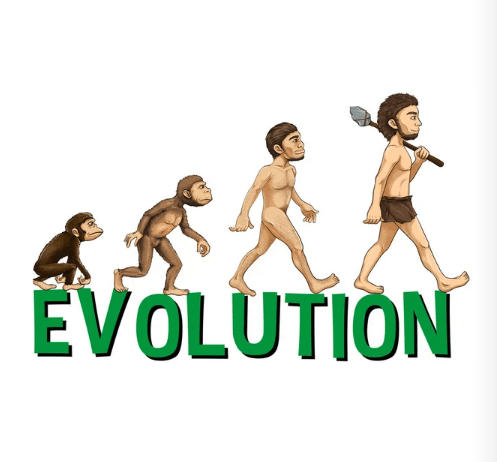
Over generations, these beneficial traits become more prevalent in the population, while less advantageous ones diminish. This process leads to the development of new species over an extended period. Evolution doesn’t have a set goal; it’s a response to the changing conditions of the environment. It’s important to note that evolution occurs at the population level, not within an individual’s lifetime. The fossil record, comparative anatomy, and molecular Biology provide evidence supporting the concept of evolution. This dynamic process is the fundamental principle underlying the diversity of life on Earth.
Origin of Life
The origin of life refers to how living things first appeared on Earth. While the exact process remains uncertain, scientists propose the hypothesis of abiogenesis. Abiogenesis suggests that life emerges from non-living matter through a series of chemical reactions. The early Earth had a mix of gases and simple compounds. Under specific conditions, such as lightning or volcanic activity, these molecules could have combined to form more complex organic molecules, including amino acids, the building blocks of proteins.
Over time, these organic molecules might have organized into simple structures resembling early cells, called protocells. These protocells could have developed the ability to replicate, marking a crucial step toward life. While the details are still being explored, the idea is that life originated through gradual and natural processes, without the need for external intervention. Studying extremophiles (organisms thriving in extreme environments) and analyzing the conditions of early Earth contribute to our understanding of this fascinating journey from non-living to living entities.
Big Bang Theory
The Big Bang Theory was given by Georges Lemaitre in the year 1931. It is the scientific explanation for how the universe began. The Big Bang Theory suggested that the universe began as a single, extremely dense, and hot point and has been expanding ever since. The term “Big Bang” was coined by British scientist Fred Hoyle during a BBC radio broadcast in 1949, although he initially used it to mock the theory, not realizing that it would become the widely accepted term for the concept.
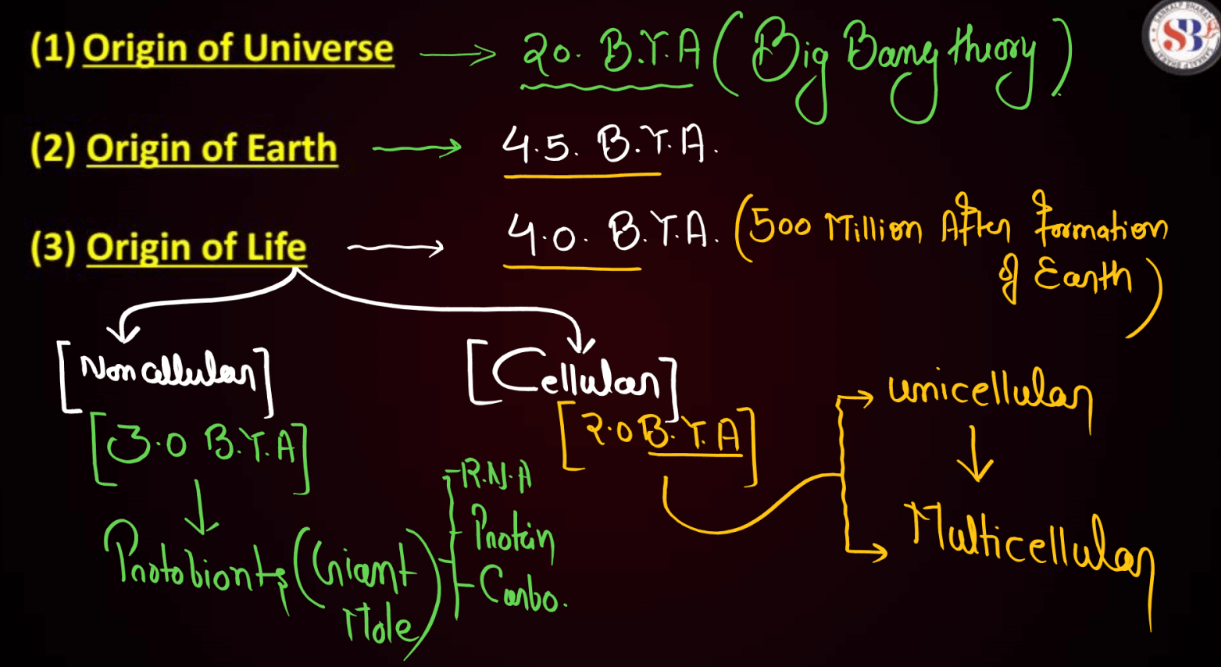
- According to him, the universe was founded 20 billion years ago, due to the explosion in gaseous dense clouds.
- The gases then separated from each other and condensed to form glaciers.
- The Milky Way galaxy and the Solar System were originated 4.5 billion years ago
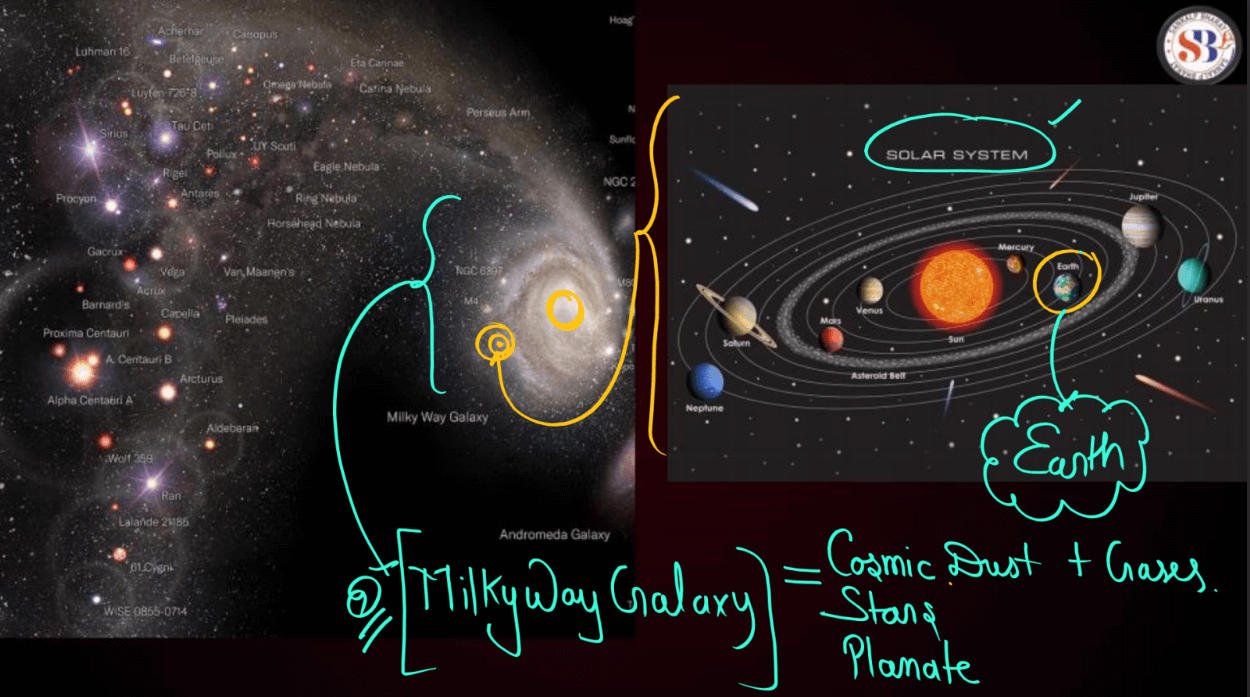
- The Solar System was found in the form of a disc called the Solar Nebula whose central part was the Sun.
- Surrounded by different planets: Mercury, Venus, Earth, Mars, Jupiter, Saturn, Uranus, and Neptune.
- When the Earth was originated it contained only lithosphere and atmosphere, hydrosphere was formed later.
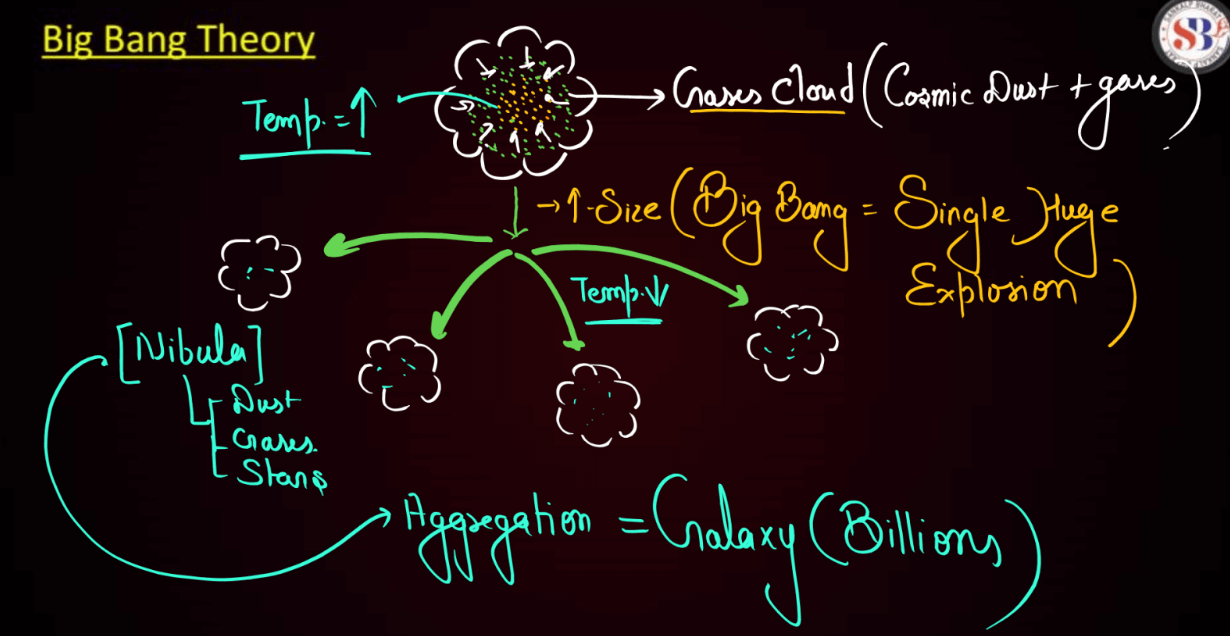
Ancient Theories For Origin of Life
Various ancient cultures had diverse theories about the origin of life. For example, ancient Greeks proposed spontaneous generation, believing life could arise from non-living matter. In Hindu cosmology, there are creation myths involving the cosmic ocean and a primordial spiritual and natural elements to explain life’s beginnings.
1. Theory of Special Creation
This theory of special creation was supported by Father Saurez. According to Bibal, everything was created in six days.
- First Day: The Earth and Heaven were formed on the first day.
- Second Day: On the second day the Sky and Water were formed.
- Third Day: Land and Planets were formed on the third day.
- Fourth Day: The Sun, Moon, and Stars were formed on the fourth day.
- Fifth Day: On the fifth day the fishes and birds were formed.
- Sixth Day: All the land animals were formed on the sixth day.
- According to this theory, the first man on Earth was “Adam”, and from his twelfth rib, the first woman “Eve” was originated.
- But according to the Hindu mythology, the Earth was created by Brahma.
- And the first man on Earth was “Manu” and the first woman was “Shraddha”.
- It explains that the Earth was originated 4000 years ago.
2. Theory of Spontaneous Creation
The Theory of Spontaneous Creation which suggested living organisms could arise from non-living matter, was supported by thinkers such as Thales, Aristotle, and Plato in ancient times. However, this idea was later challenged and disproven by scientists like Louis Pasteur in the 19th century through experiments that demonstrated the principle of Biogenesis, starting that living organisms can only come from pre-existing living organisms.
- Abiogenesis was explained by Jan Baptista Van Helmont, a 17th-century Flemish physician and alchemist.
- Van Helmont’s experiment, conducted in the 17th century aimed to test the theory of spontaneous generation rather than spontaneous creation.
- This theory suggested that living organisms could arise spontaneously from non-living matter.
- In his experiment, Van Helmont placed a dirty sweat-socked shirt, grains of wheat, and rainwater in a container and left it for 21 days. He believed that mice would spontaneously generate from the mixture.
- After the experiment, Van Helmont observed the emergence of mice, concluding that they had originated from the combination of the shirt, wheat, and rainwater.
However, we now understand that his conclusion was incorrect. The mice likely came from existing microorganisms or eggs present in the materials used, rather than being spontaneously generated. This experiment contributed to the eventual rejection of the concept of biogenesis, which stated that living organisms come from pre-existing living organisms.
3. Cosmozoic Theory
The Cosmozoic Theory of evolution was proposed by Richter and was reported by Arrhinius. The cosmozoic theory proposed that life originated from a cosmic source, suggesting that microorganisms or genetic material can travel through space, seeding planets with life. It speculated that life on Earth may have extraterrestrial origins, challenging traditional views of evolution confined to Earth. While intriguing, it’s considered speculative and lacks substantial evidence. This theory broadens the scope of evolution beyond our planet, raising questions about the interconnectedness of life in the cosmos.
4. Cosmozoic Panspermia Theory
Cosmozoic Panspermia Theory proposed that life’s components, like seeds, could travel through space on particles such as dust or meteoroids. Imagine these tiny building blocks reaching different planets, like cosmic messengers, sparking the possibility of life emerging elsewhere. It’s a fascinating idea that suggests life’s origins might have a broader comic influence, connecting distant corners of the universe through the potential sharing of life’s basic elements.
5. Theory of Biogenesis
The Theory of Biogenesis was supported by William Harvey and Thomas Henry. According to them “Omnis Vivum ex Vivo” OR “a new organism is formed from pre-existing organisms”, rather than spontaneously from non-living matter. This concept contrasts with the earlier idea of spontaneous generation, which proposed that life could emerge from non-living substances. Biogenesis is a fundamental principle in modern Biology, supported by extensive scientific evidence and experiments.
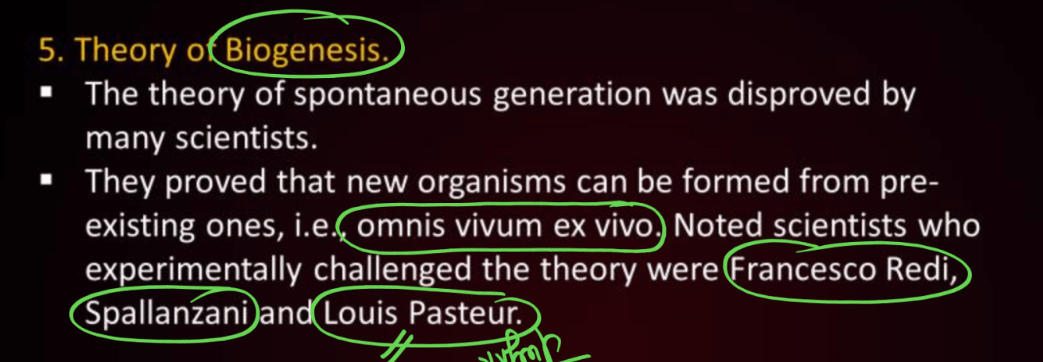
Experimental Proof of Biogenesis
1. By Francesco Radi
Francesco Redi, conducted an experiment in the 17th century to challenge the idea of spontaneous generation. He placed the meat in Jars, some covered and others uncovered, demonstrating that maggots (Larva of Housefly) only appeared in the uncovered jars where flies could access the meat. This experiment supported the idea that life arises from pre-existing life, countering the prevailing belief in spontaneous generation.
2. By Louis Pasteur
He gave the Germ Plasma Theory or Germ Theory of Disease. Pasteur’s experiment in the 19th century involved a swan-necked flask that allowed air to reach the broth but prevented microorganisms from entering. The broth remained free of microbial contamination, supporting the idea of biogenesis – that life comes from pre-existing life – and refuting the theory of spontaneous generation. This experiment played a crucial role in advancing our understanding of microbiology.
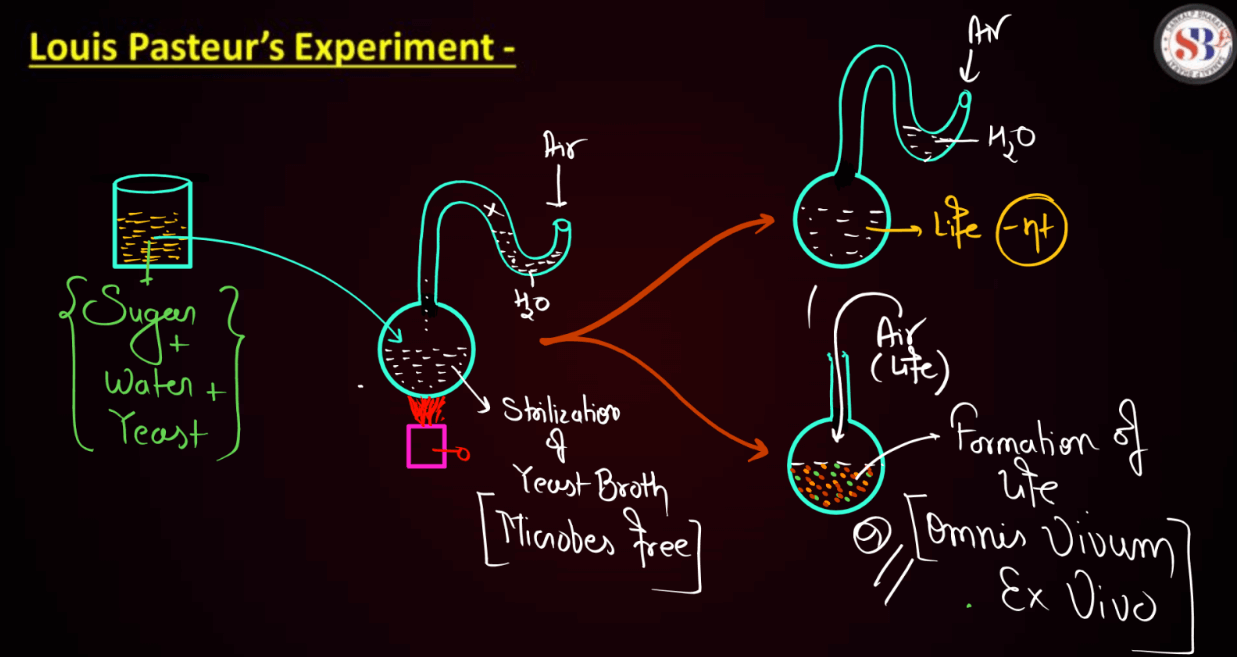
To Know more about Frogs: Anatomy, Morphology and Interesting Facts.
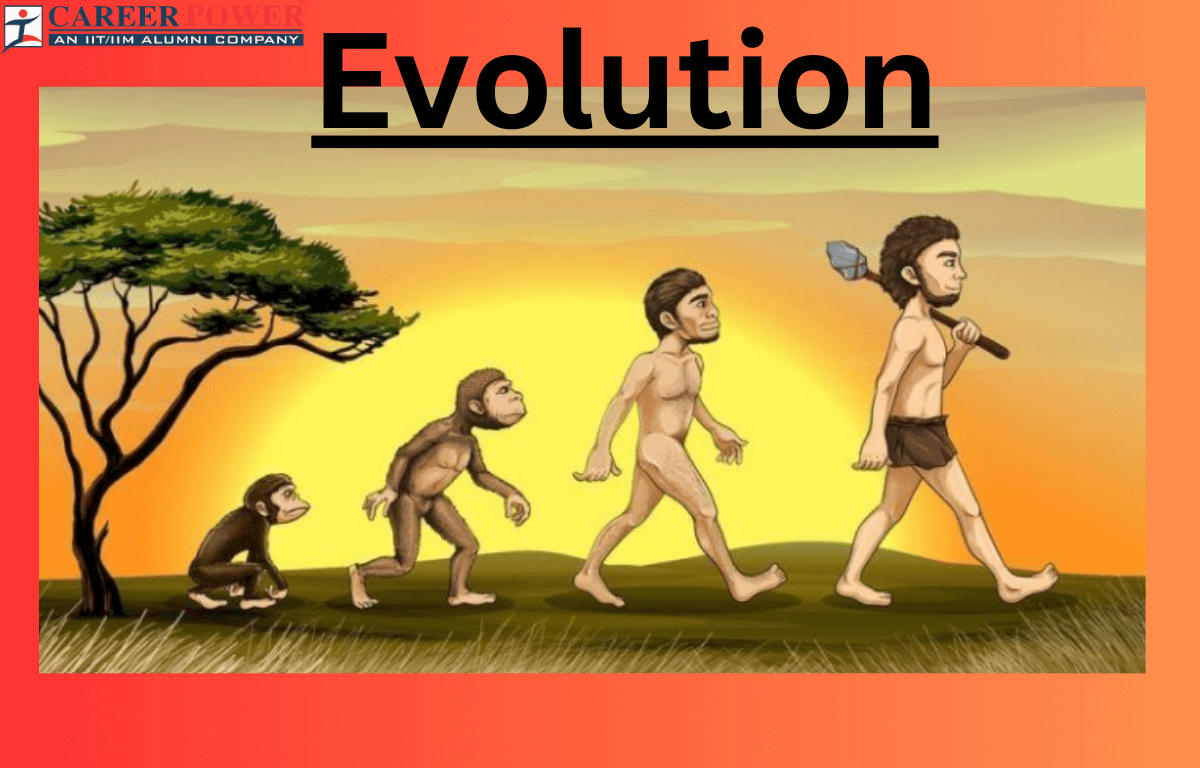
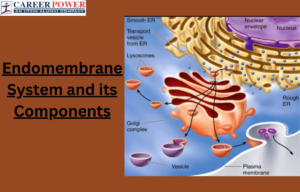 Endomembrane System - All the Organelle ...
Endomembrane System - All the Organelle ...
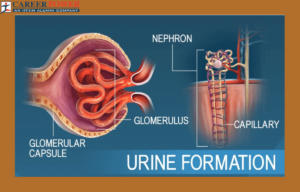 Urine Formation, Function of Tubules, Os...
Urine Formation, Function of Tubules, Os...
 Amino Acids - List, Properties, Function...
Amino Acids - List, Properties, Function...
